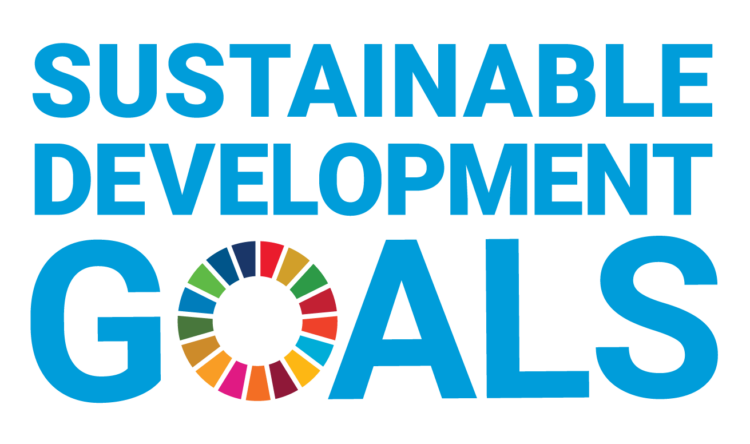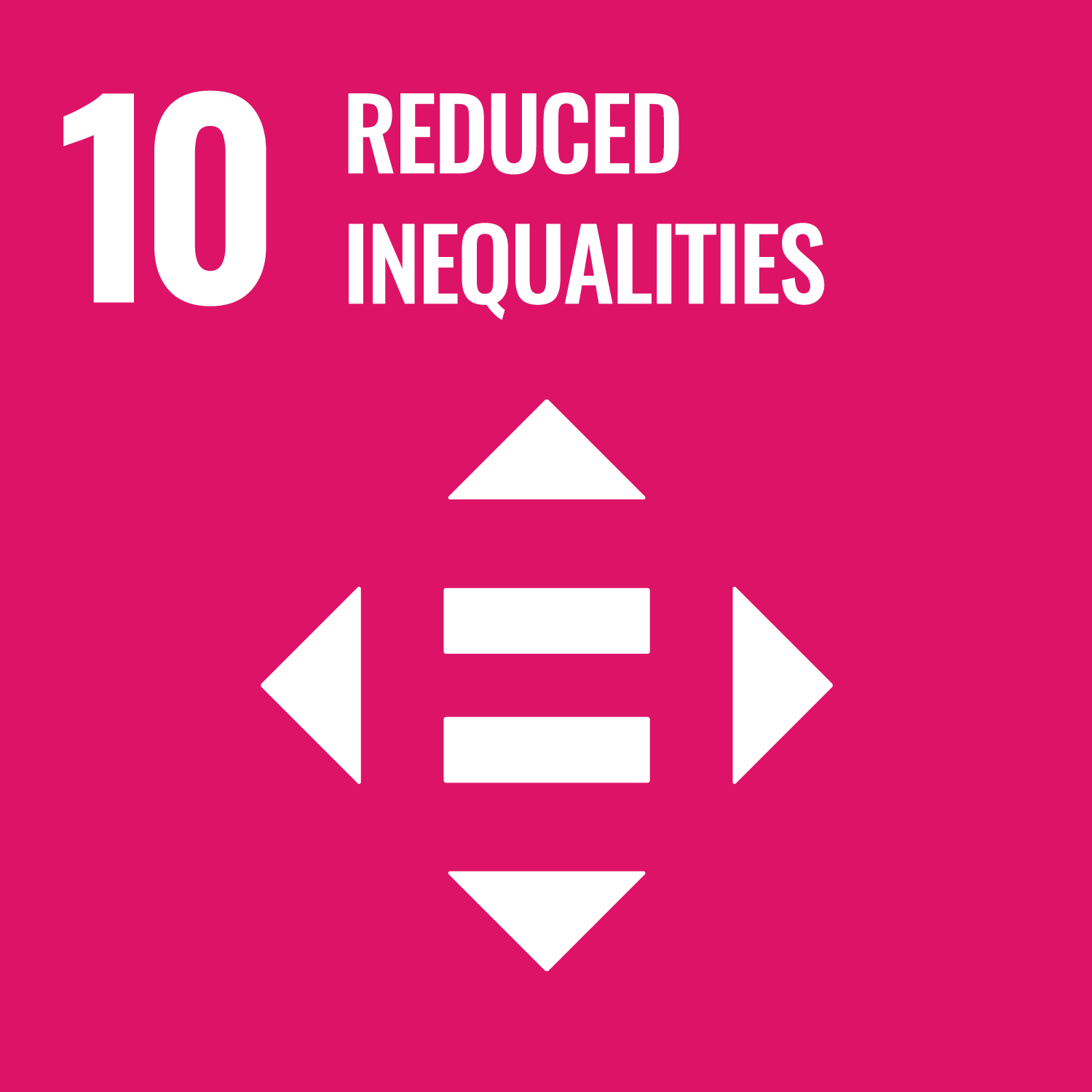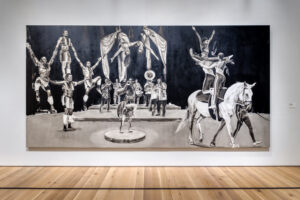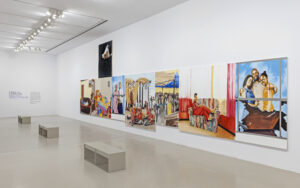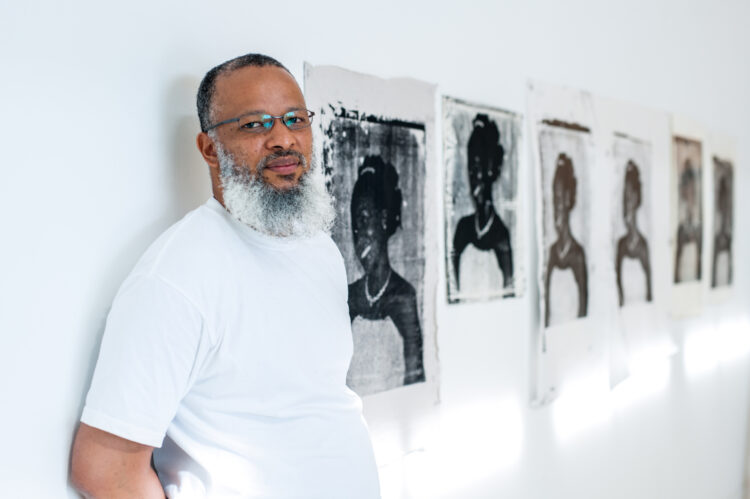
Meleko Mokgosi
Wellesley, MA
Mokgosi received the Creative Capital Award in 2024. Mokgosi received his BA from Williams College in 2007 and participated in the Whitney Museum of American Art’s Independent Study program from 2007-2008. Mokgosi received his MFA from the Interdisciplinary Studio Program at the University of California Los Angeles in 2011. He participated in the Rauschenberg Residency at the Robert Rauschenberg Foundation, Captiva, FL in 2015 and the Artist in Residence Program at the Studio Museum in Harlem, New York, NY in 2012. Most recently he was awarded the Open Society Foundation, Soros Arts Fellowships (2019) and the Henry L. and Natalie E. Freund Teaching Fellowship (2019).
Solo exhibitions of his work have been organized at venues such as The St. Louis Art Museum (2023), York University Art Gallery (2023); Perez Art Museum Miami (2020); The Smart Museum of Art (2019); University of Michigan Museum of Art (2019); Baltimore Museum of Art, Baltimore (2018); The Fowler Museum at UCLA (2018); Williams College Museum of Art, Williamstown (2017) Rochester Contemporary Art Center (2017); The University of Rochester’s Memorial Art Gallery (2017); and Institute of Contemporary Art, Boston (2015).




Meleko Mokgosi, Black Painting 5
Meleko Mokgosi, Imaging Imaginations 1
Meleko Mokgosi, Imaging Imaginations 2
Meleko Mokgosi, Zone of Nonbeing
De-futuring and Wilding Futurisms
Meleko Mokgosi (born in Francistown, Botswana) is an artist, Associate Professor and director of graduate studies at Yale School of Art, and director of Interdisciplinary Art and Theory Program.
Artist BioMy project aims to make interventions through a reconsideration of how African art and African culture in general has been influential to the dominant notions of aesthetics (Western aesthetics). For example: Peter Kubelka’s use of the African body in his ground film Our Trip to Africa; and Picasso and Matisse’s use of African art in Cubism. This influence is not tangential or an affinity as has been argued in the past, rather African art has been constitutive in many Western aesthetics movements. By making text-based work, paintings, and creating a photo-novel (colloquially referred to as look-books and popularized in 1960s South Africa), the project will reconsider formal visual elements such as critiquing museum exhibition didactic texts; creating paintings through methods of figuration that I developed specifically for representing people that do not have Caucasian skin-tones; and using photography and publications as effective forms outside the narrow scope of the white cube.
